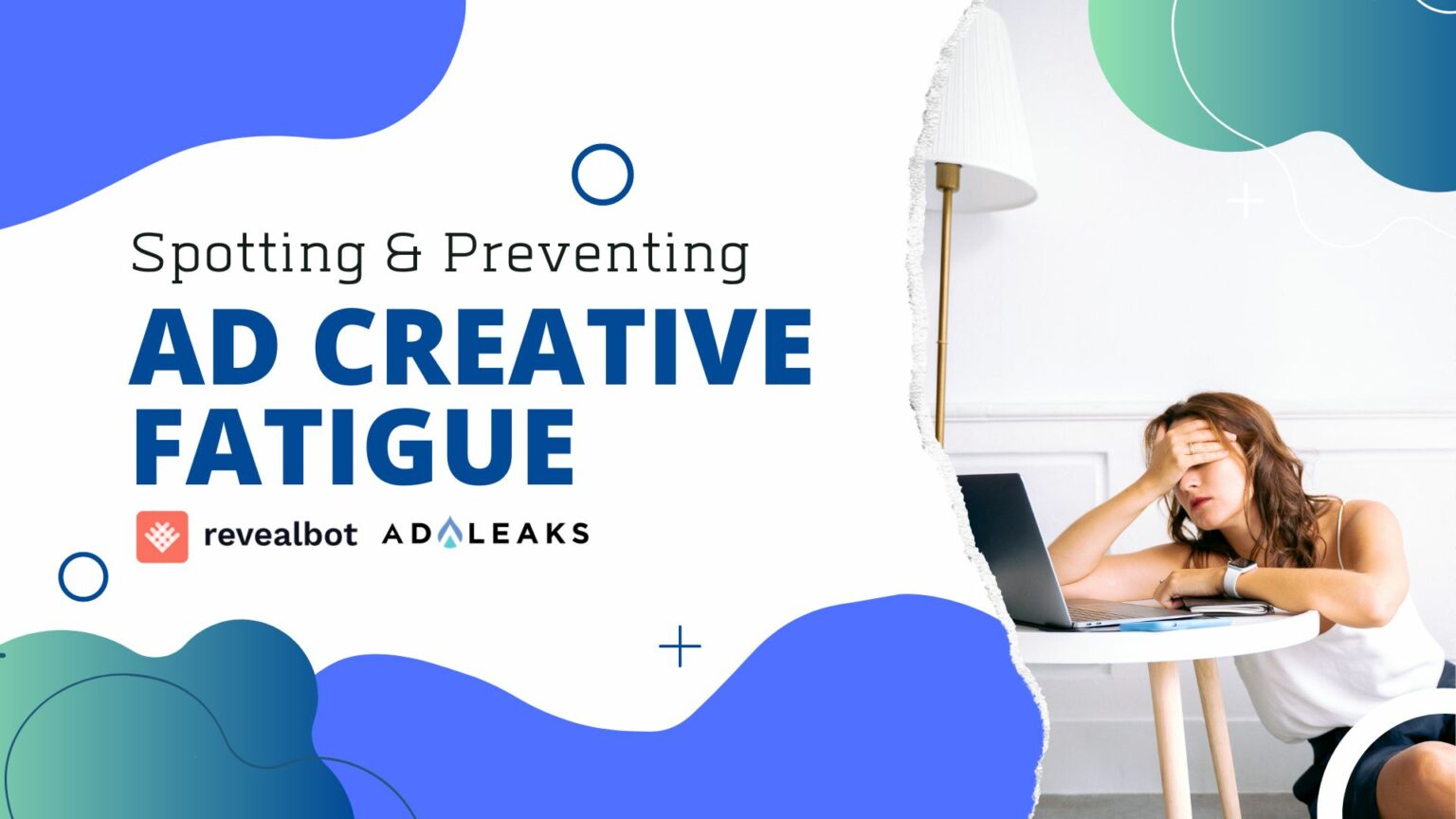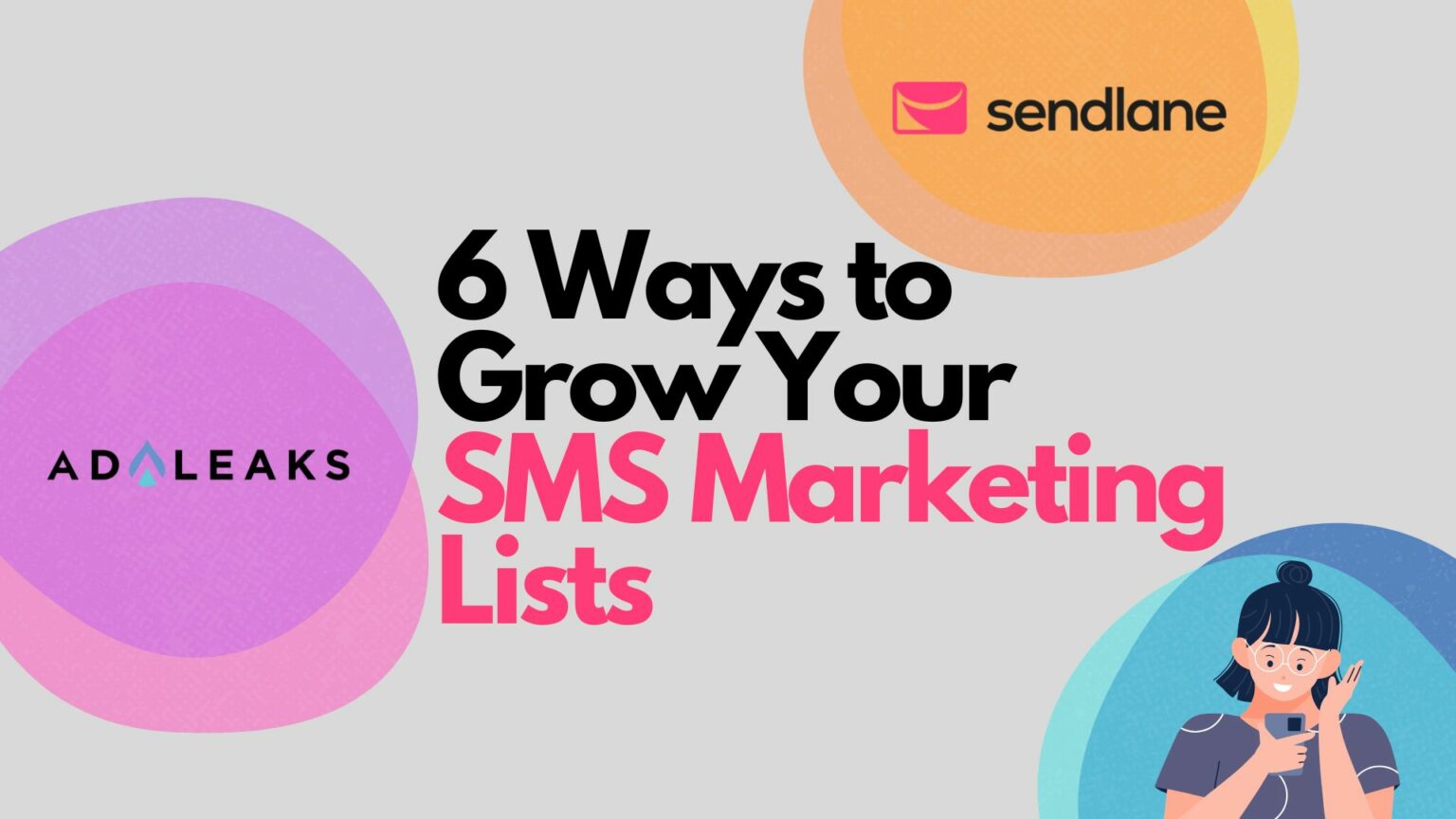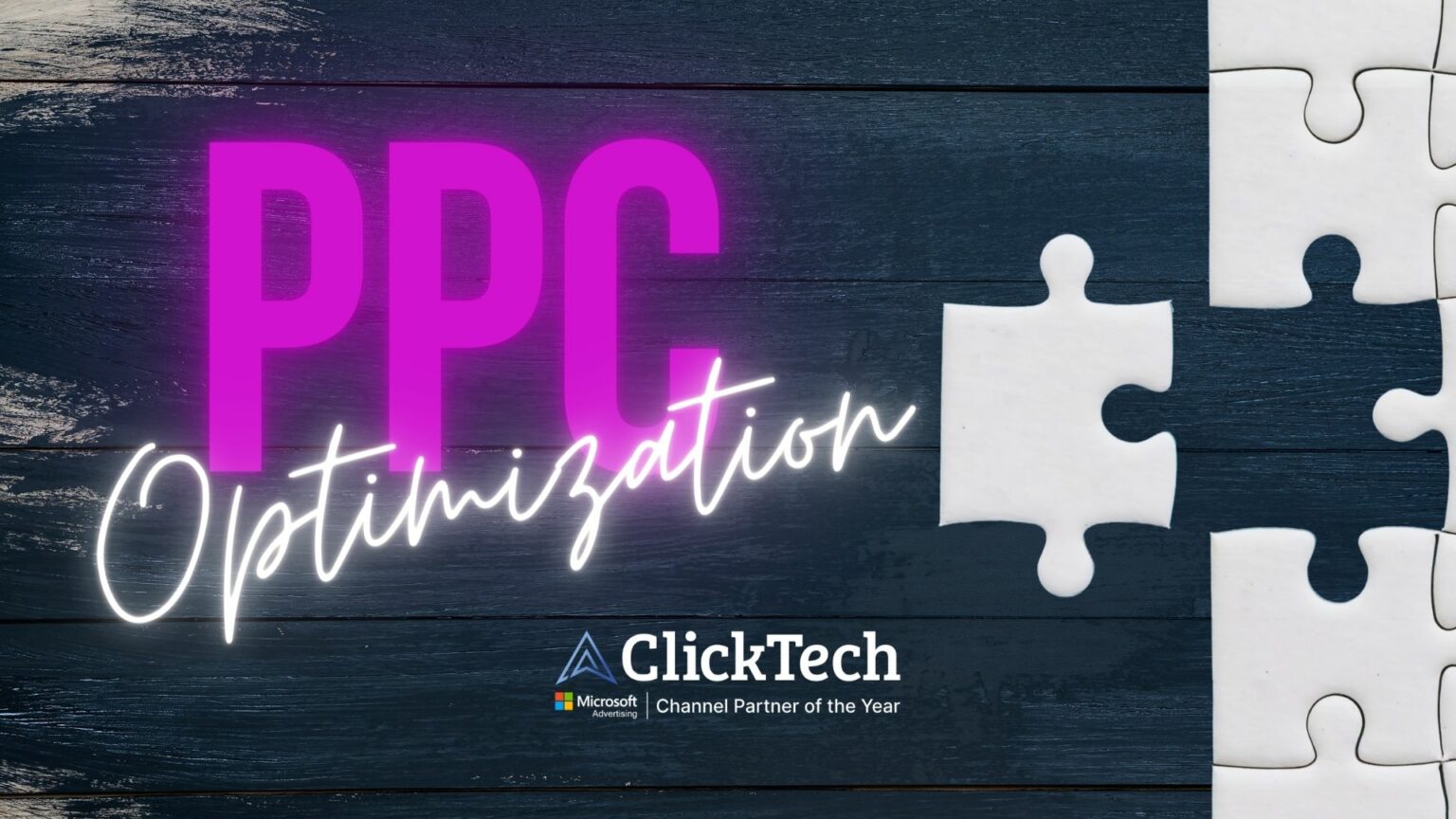
Why You're Doing Facebook Ads Wrong (Ad Set Optimization)


Editor's Note: This post has been updated with new links and content.
Original Publication Date: September 24, 2017
Okay, yes, the title was slightly misleading, but this is important. There's a small but crucial aspect of Facebook Ads that a lot of people gloss over in the short run that ends up costing them lots of money down the road.
It's called Ad Set Optimization.
For simplicity's sake, we'll talk about ads related to Website Conversion objectives in this post. And if you aren't familiar with Facebook custom conversions, check out this post before we get started.
Ad Set Optimization 101
Let's say that you launch a new ad set to advertise your product or service. You set a test budget of $5-$20, and then any one of these three outcomes happens:
- You don't get conversions
- Conversions are inconsistent
- You get a lot of conversions
In the first two scenarios, you have no idea if you should keep testing or kill the ad set. Conversely, for the last situation, you don't know how to scale it.
This speaks to a larger problem. The number one thing that will kill your business is not knowing your numbers.
If you do not have a clear idea of the ROI your campaigns will generate, you might as well pack up.
Okay, so let's start from the top!
Defining Ad Set Optimization
If you understand the Facebook advertising algorithm and how to leverage it in your favor, you can unleash your company's potential there.
There is no other advertising platform in the market right now that can match the targeting and optimization capabilities that Facebook offers. It is probably the most powerful advertising tool available to a media buyer.
You can absolutely use Facebook ads for your local business to DOMINATE your ZIP code or town or scale your products and/or services to millions of highly targeted prospects.
The part where businesses slip up is in the technical setup. You have to build campaigns and systems that allow for optimization to take place.
A lot of businesses just don't know how to do that, and the amount of money they are leaving on the table is substantial.
Facebook's advertising algorithm is their best-kept secret. No one really knows how it works, and different Facebook Ads reps might even give different advice.
We do know, however, that the algorithm is primarily based on machine learning (or artificial intelligence) and it learns based on the amount and quality of data it receives.
Ad sets need data to optimize. Remember this.
Before we dive deeper, keep an eye out for these key points:
- Optimization happens at the ad set level
- Duplicating an existing ad set won't transfer the data.
- Any and all ad sets start approximately from 0 Optimization
- There is no documented evidence from Facebook stating that the pixel will auto-optimize any ad set
The Magic Window (No, Not The Conversion Window)
This is one of the worst-kept secrets in Facebook marketing. Facebook has covered it extensively, but a lot of marketers still don’t have the slightest clue.
Your ad set needs a minimum of 50 conversion events to register on the ad set level within a week to have a shot at optimizing correctly.

Ideally, you should be getting 50-100 conversions per week to really leverage the optimization capabilities of the Facebook algorithm.
So How Do I Optimize?
Since the basic requirement for an optimized ad is 50 conversions a week, you will want to make sure that your ad gets at least 7-14 conversions a day. Again, this is the minimum.
Next, you will want to calculate the cost per conversion of each pixel optimization event and set the budget of your ad at 7 to 14 times the cost per conversion.
For example, if you want purchases, and your historical cost per purchase is $10, your starting budget must be $70/day at the very least to even have a shot at optimizing.
Pro Tip: If you do not know your historical cost per conversion, or are not able to budget for it, try to optimize one step higher in the funnel.
For example, the cost per Add To Basket will always be exponentially cheaper than the cost per Purchase. Similarly, cost-per-view content is cheaper than an Add To Basket.
This method takes longer to optimize for the final event, but it's definitely a viable way to optimize an ad set for a higher funnel event at lower budgets to get trickle down data for the final event.
Advanced Tip: Create Custom Audiences and Lookalike Audiences off the higher funnel event audience and retarget them with ads optimized for the final event. As these audiences are warmer, they will almost always convert better than cold audiences.
7-Day vs. 1-Day Facebook Ads Conversion Window
Using attribution for ad set optimization could be a whole article on its own. We'll explain it in simple terms for our purposes here.
As mentioned above, the algorithm learns and optimizes only when a conversion event is attributed to an ad set. Conversion windows are simply the window during which any conversion event triggered from an ad set will get attributed to that ad set.
Let's say that you set a 1-day conversion window and a prospect clicks the ad but converts more than 24 hours after clicking the ad. That conversion will get attributed to that ad and ad set, but for optimization purposes, it won't be counted, which means you're optimizing based on incomplete data.
Conversion windows allow Facebook to learn from the data generated during the selected conversion window and optimize accordingly.
On the surface, it seems that selecting a 7-day conversion window would be the obvious choice, however, due to causal vs coincidental conversions this should always be tested (causal vs coincidental conversions will be covered in another topic)
How To Not Be Terrible at Ad Set Optimization
If you want to get the most from Facebook ad set optimization, there are two simple rules to remember. Know your numbers, and feed data to your ad sets.
For example, if you choose to optimize for the purchase event and your cost per purchase is $10, setting your adset at anything less than $70/day is a losing battle. You can't expect the adset to collect enough data at $5 to give you the required 7 conversions a day when each conversion itself costs $10.
Facebook wants you to spend money. SHOCKER! But spending money is a good thing since you are buying data. Data = Ad Set Optimization. Being successful with Facebook Ads is all about buying data.
Data = Ad Set Optimization.
A general guideline is to have a test period to find out what your stable cost per conversion is, which you can do with an ad set running at a minimum of $10/day.
Once you figure out a general baseline for the cost per conversion, duplicate that ad at a budget that is at least 7x the cost of that conversion, plus an additional 20%-30% buffer room. Alternatively, you can increase the budget on the original test ad set itself.
If your targeting, copy, and creative are on point, you should be able to get the minimum number of conversions required to optimize your ad set. Best practices are to allow ad sets to run for 48 hours before expecting decent results.
Closing Thoughts Regarding Ad Set Optimization
Optimization plays a crucial role if you actually want a positive return out of Facebook. And optimization of ad sets goes hand in hand with testing and scaling.
Successful optimization can lower your cost per conversion and click. And there's no trick to getting there.
Split test different creatives and strategies till you find a winning combination. Once you find a winning ad set, just add sufficient budget increases to it so that it keeps winning.
Don't be afraid to spend money on Facebook Ads. But it has to be smart money.
You can't increase the budget on a losing campaign and expect it to work. And an adequate testing budget is paramount. When you are testing, you are usually not making any money. It's more common to lose money on the front end testing all the angles. But once you nail a combination, you need to make sure it gets that DATA!
Oh, and one last time — Test Everything.



